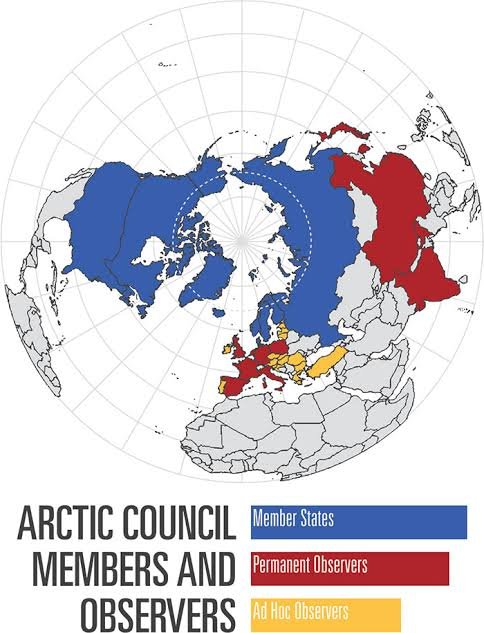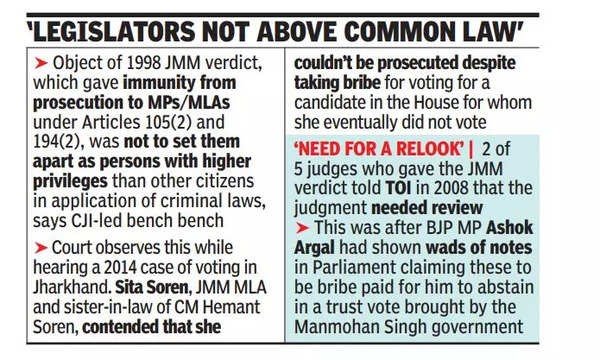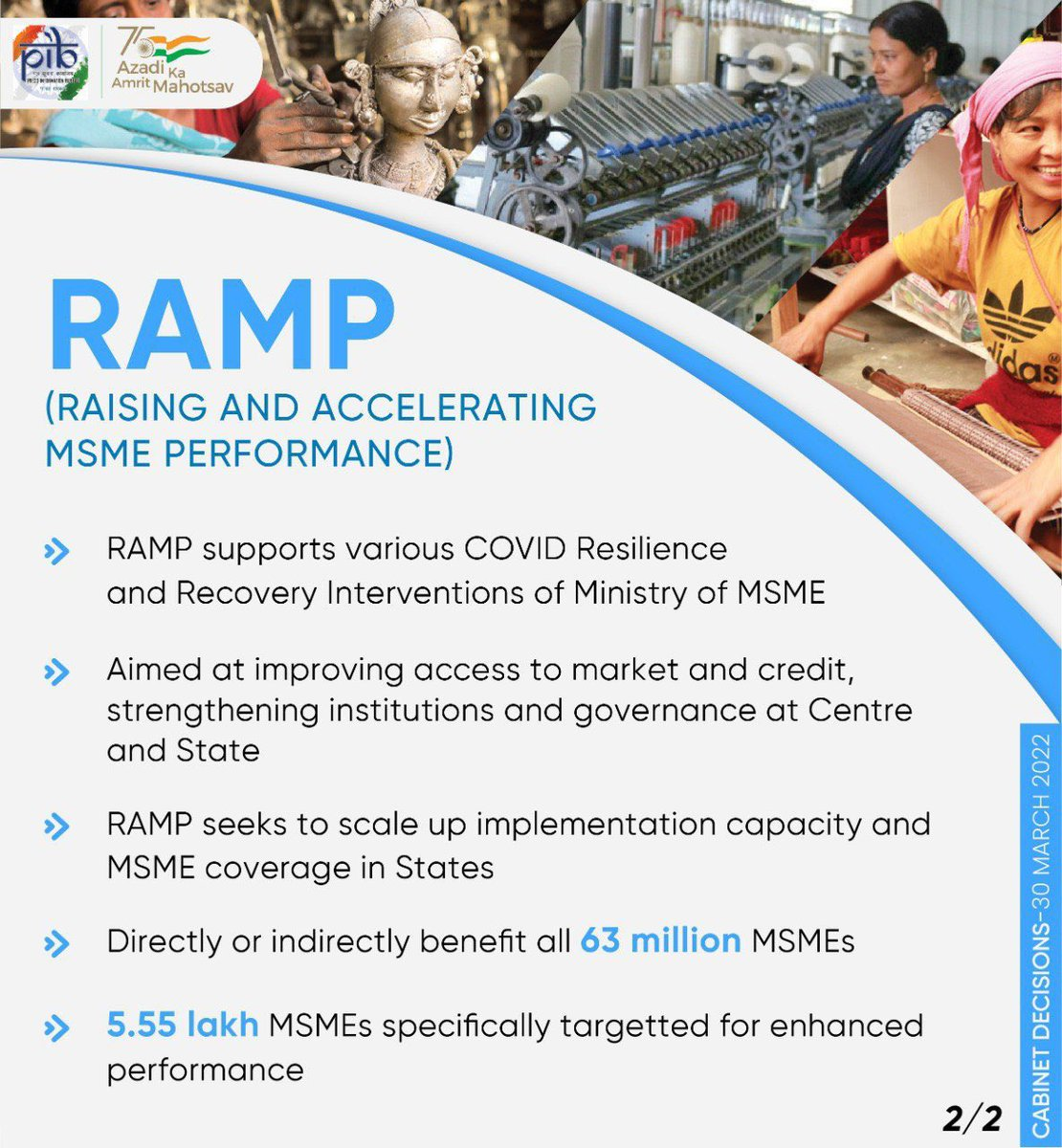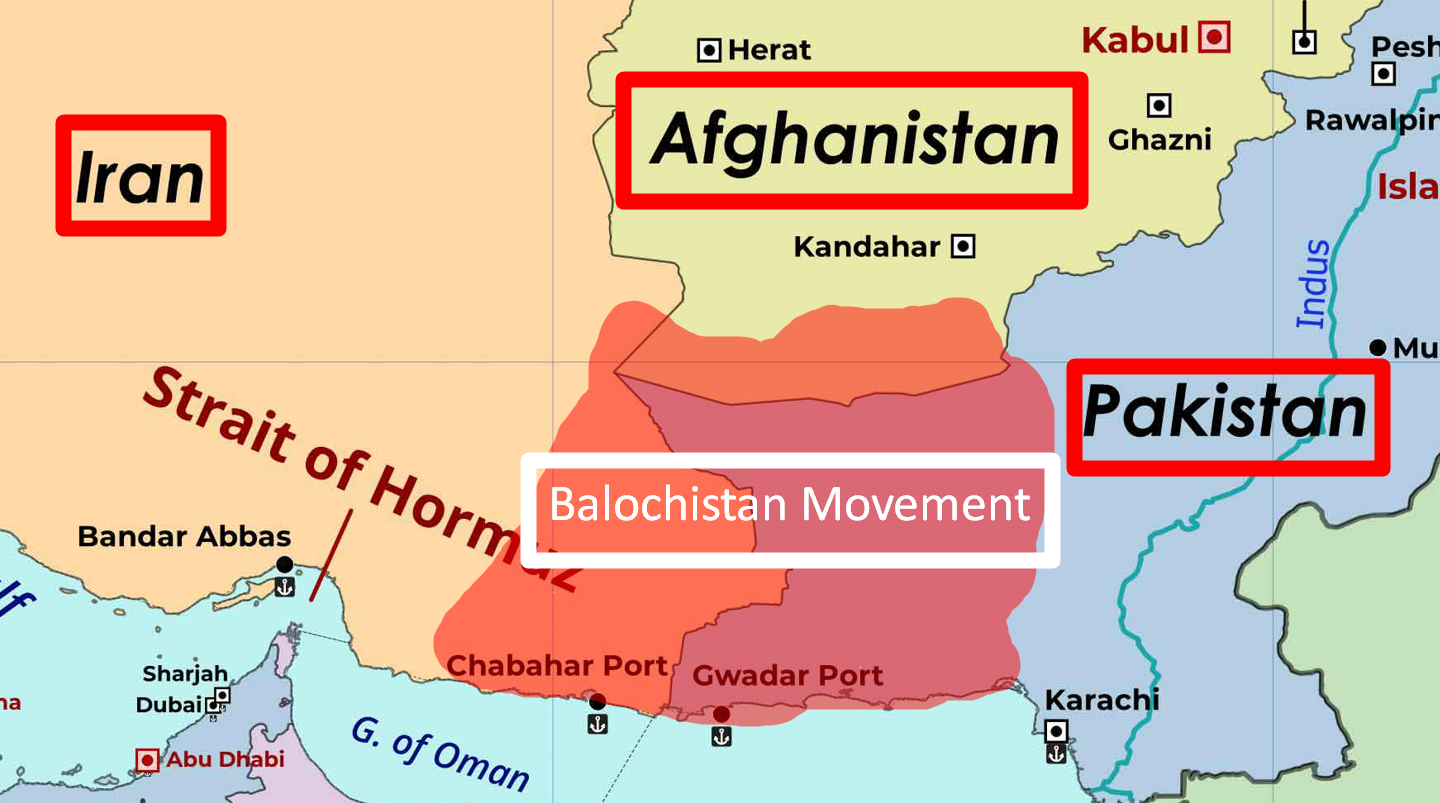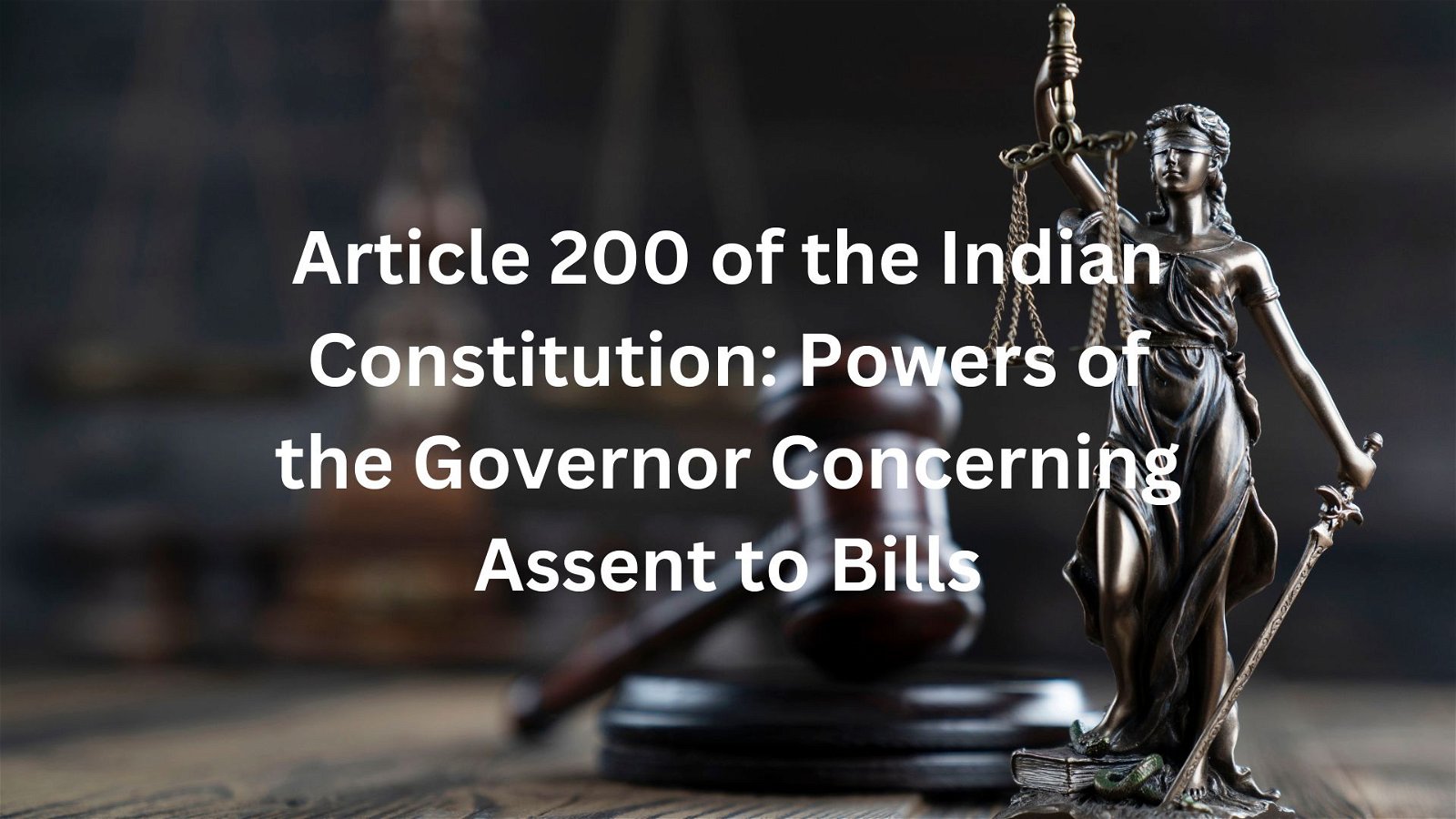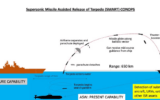
Open Acreage Licensing Policy (OALP)
Subscribers of "Current Affairs" course can Download Daily Current Affairs in PDF/DOC
Subscribe to Never Miss an Important Update! Assured Discounts on New Products!
Must Join PMF IAS Telegram Channel & PMF IAS History Telegram Channel
- Context (PIB): The Ministry of Petroleum and Natural Gas initiated the 9th bidding round under the Open Acreage Licensing Policy (OALP).
- OALP was launched in 2016 under Hydrocarbon Exploration and Licensing Policy (HELP).
- Under the Open Acreage Licensing Policy, Companies can put in an Expression of Interest (EoI) for any area throughout the year but such interests are accumulated thrice in a year.
- The Government will examine the interest and if it is suitable for award, then the government will call for competitive bids after obtaining necessary environmental and other clearances.
- Successful implementation of OALP requires building of National Data Repository.
National Data Repository (NDR)
|
Hydrocarbon Exploration and Licensing Policy
- Approved in 2016, it replaced the erstwhile New Exploration Licensing Policy (NELP).
Main aspects of HELP
- Open Acreages: Freedom to investors for carving out blocks of their interest (OLAP).
- Single, uniform licensing system to cover all hydrocarbons (ie. Conventional and Unconventional hydrocarbons) under a single licensing framework, instead of the present system of issuing separate licenses for each kind of hydrocarbons.
- Shift to Revenue sharing model from profit sharing model/production sharing contract model (PSC).
- Marketing and Pricing Freedom: Only subject to a ceiling price limit.
|
Revenue Sharing Contracts Model
|





![PMF IAS Environment for UPSC 2022-23 [paperback] PMF IAS [Nov 30, 2021]…](https://pmfias.b-cdn.net/wp-content/uploads/2024/04/pmfiasenvironmentforupsc2022-23paperbackpmfiasnov302021.jpg)
